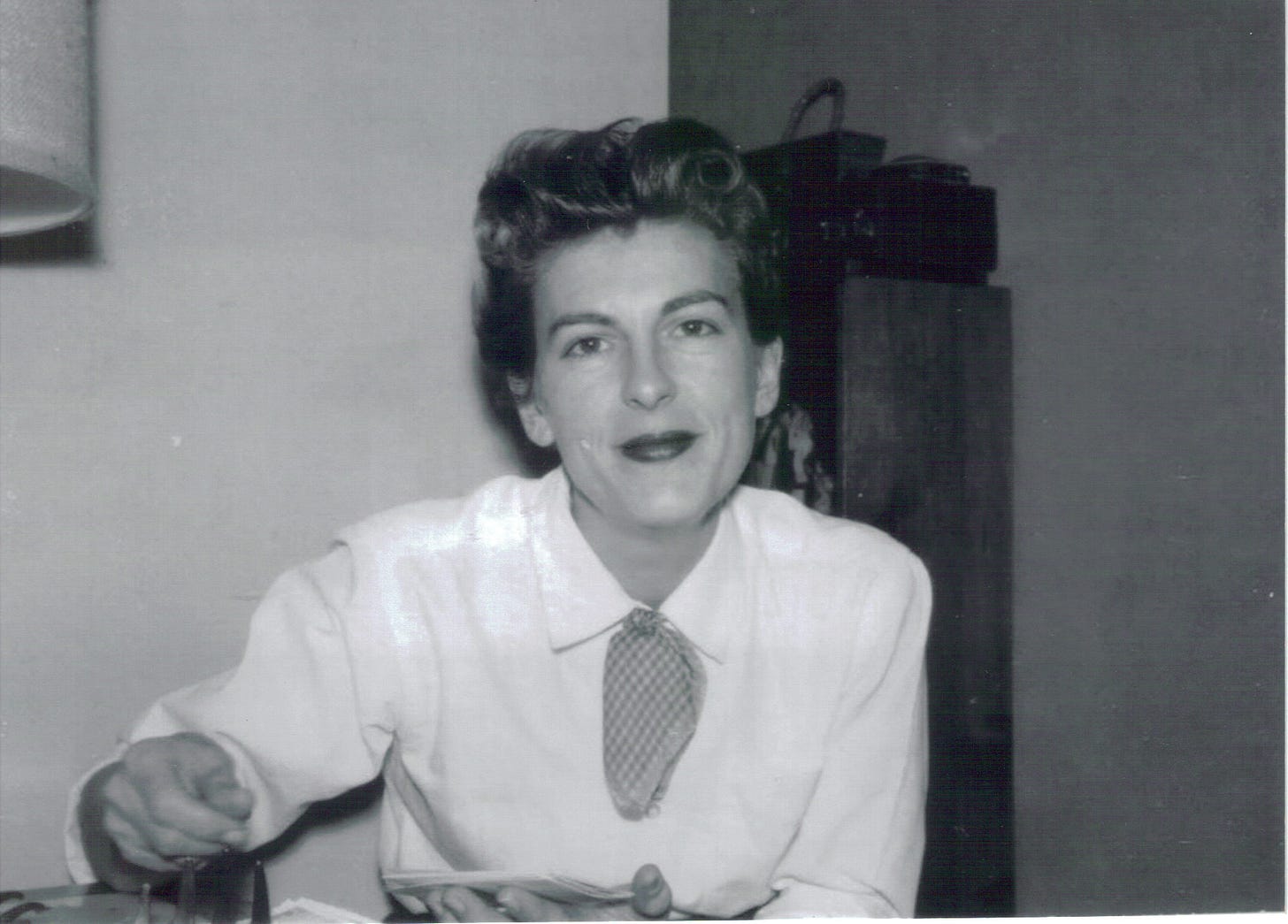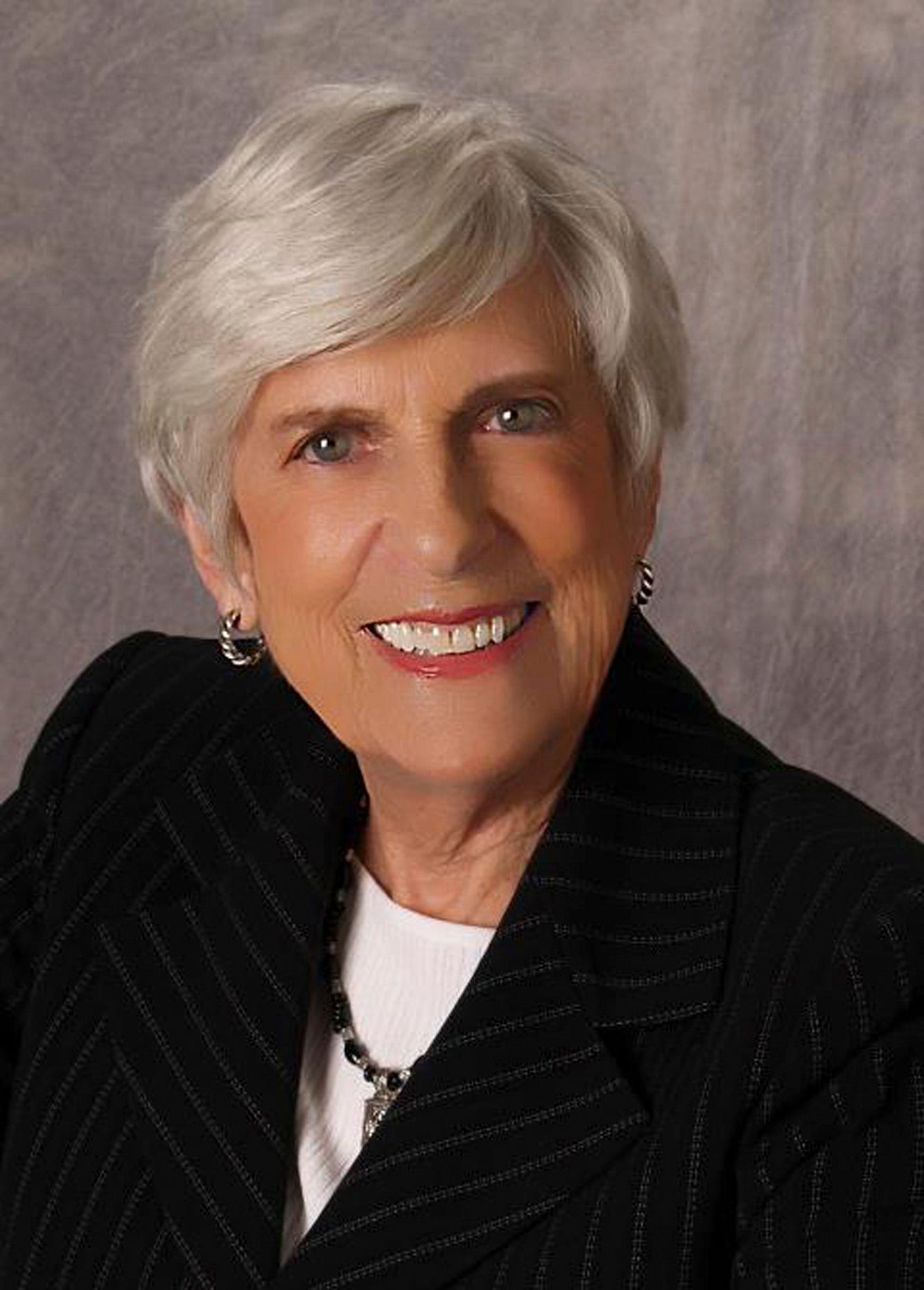Bettie Jo Steele was born on 23 June 1927, in Wichita Falls, Texas. She was the first child of Carson and Hazel Steele. They were 20 and 18 years old, respectively. Carson was working at the time as a grocery clerk. Hazel was a stay-at-home mom. Her sister, Barbara was born on 3 February 1929, also in Wichita Falls.
By 1932, the Steeles had moved to Houston, where Carson found work as a marker in the laundry at the Rice Hotel. They lived at 1907 Decatur Street in the 6th Ward of Houston. Decatur Street, at that time, was largely made up of tenement houses. The Steeles don’t show up on the 1930 Census at that address, but there is also no mention of the rear apartment, which is referenced in the 1932 city directory, so it’s possible that the census enumerator missed counting anyone in the rear apartment.
By 1940, Bettie’s parents had split up. Hazel and the girls were living with her parents at 622 Van Buren in Wichita Falls. The five family members plus a boarder shared a small two-bedroom one-bath home. Hazel’s father, Euel Marlow, worked as a night watchman in a laundry. Hazel, after being out of work for 10 weeks, found employment as a PBX operator. She was recorded as still being married on the 1940 Census. Euel and Maud Marlow were strict Baptists. They instilled in Bettie a strong set of values that would inform her later life.
Carson Steele was inducted into the U.S. Navy in 1942. It appears that he spent most of his military time at the naval depot in Galveston. He married Nell Grooms in Houston on 18 March 1943. He mustered out of the Navy in 1945. He doesn’t appear again in records until his death on 9 September 1978. Some accounts of Bettie’s childhood say that he deserted the family. I can’t find records to confirm or deny that allegation.
Bettie attended Hardin Junior College (now Midwestern State University) in Wichita Falls. Around that time, she met Richard Van “Van” Naylor, an Air Force pilot. They were married on 15 June 1946. Over the next several years, they built their family, adding two sons and a daughter. Van was also building his military career. Each promotion brought a change in residence, some in the U.S. and others overseas.
Life as the wife of a military officer was not well-suited for Bettie. She was intelligent and aware of the world around her. She did not hesitate to voice her opinions. Some of Van’s superior officers took note of Bettie’s outspoken ways and Van’s inability to control her. Male chauvinism was still strong in the military at that time.
In the early 1970s, Van was transferred to San Antonio, Texas, where he subsequently retired. Bettie became active in local politics and the women’s rights movement. She began attending Democratic party activities in San Antonio. At about this time, she realized that she was attracted to other women. On 19 August 1975, Bettie and Van were divorced.
As a newly single woman, Bettie moved to Austin, Texas, and began her career as an advocate and lobbyist. She focused on women’s issues and gay rights. One of her early accomplishments was organizing the Bar Owners of Texas (BOAT). Laws in Texas at that time were not gay-friendly by any means, and gay bars were paying the price. Bettie made a list of 100 gay bars around the state and how much revenue they generated in state taxes. Armed with that, she convinced the bar owners that they needed a lobbyist in Austin and that she was the lobbyist they needed. She held that job for 10 years. During that time, legal harassment of bars largely stopped.
Simultaneously, Bettie was working at the state and national levels to improve women’s rights. She was a founding director of the Texas and National Women’s Political Caucuses. She lobbied the Texas legislature on behalf of the Texas Gay Task Force (now Equality Texas). In 1981, Bettie served as the chairperson of the National Women’s Political Caucus convention in Albuquerque, New Mexico.
Bettie was also a founding board member of the Human Rights Campaign.
In 2003, Bettie met Libby Sykora at a meeting of Annie’s List. They began a relationship and remained partners until Bettie’s death.
Bettie’s activism never slowed down. In 2000, at the age of 72, Bettie spoke at the Millennium March for Equality in Washington, D.C. Even after formally closing her company in 2009, Bettie was active in a variety of state and local organizations.
Bettie died in her sleep on 19 April 2012. She was eighty-four years young. Former Texas State Senator Wendy Davis described Bettie as “another one of those very, very strong, but also very joyous women that you want to be aligned with and work with.” That characterization could have been said by any one of the thousands of people she touched during her life of activism.
Bettie’s influence will be felt for many years to come. The Austin City Council dedicated a portion of Fourth Street as “Bettie Naylor Street” to honor her legacy. The HRC of Texas honors Bettie’s memory every year by presenting the Bettie Naylor Visibility Award to a person or couple who demonstrates Bettie’s commitment to LGBT activism.
Bettie Jo Steele Naylor was an outstanding example of what a single dedicated person can accomplish. In a statement after her death, HRC President Joe Solmonese said “Bettie Naylor was a force to be reckoned with and played a central role in bettering the lives of LGBT people at both the national level and in Texas.”
As a personal note, I’m proud that Bettie was my great-aunt. She is an inspiration.







Love this! A true inspiration!
What an inspiring woman!!